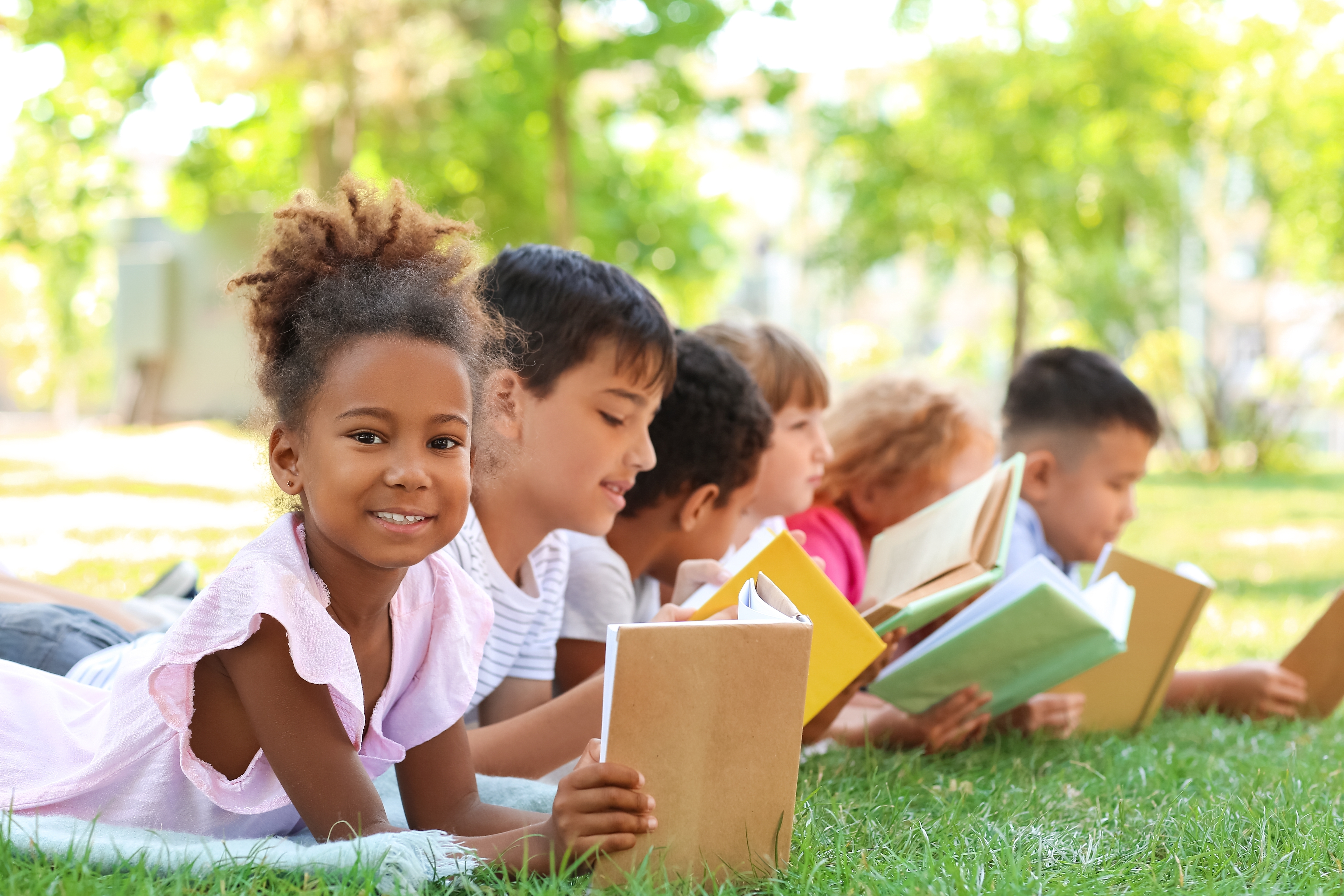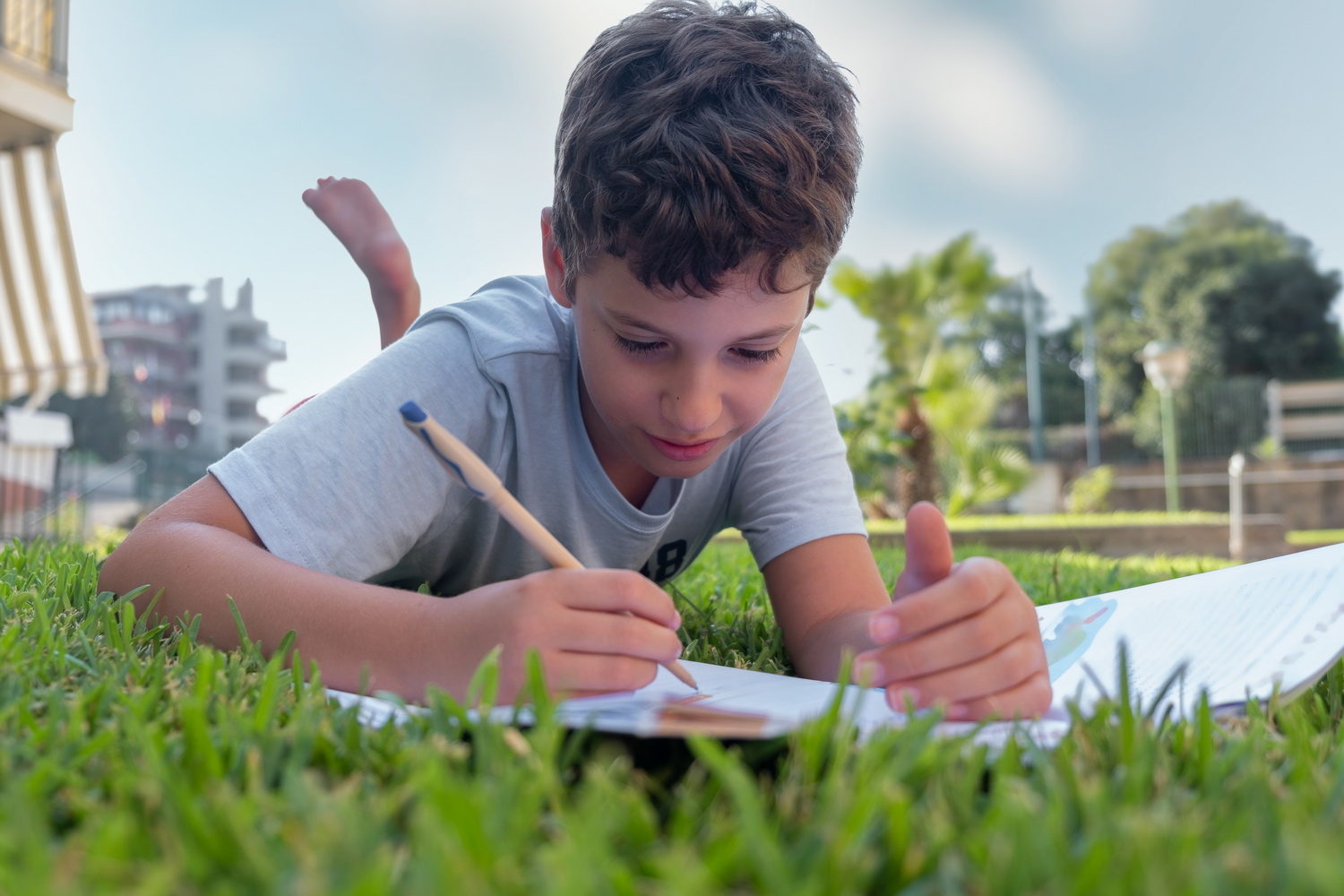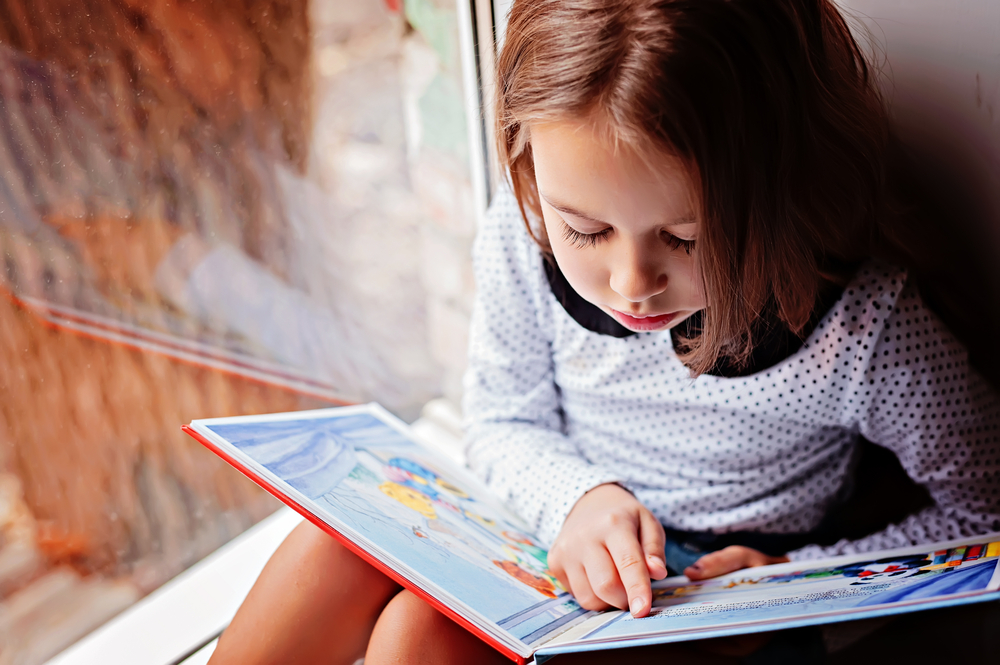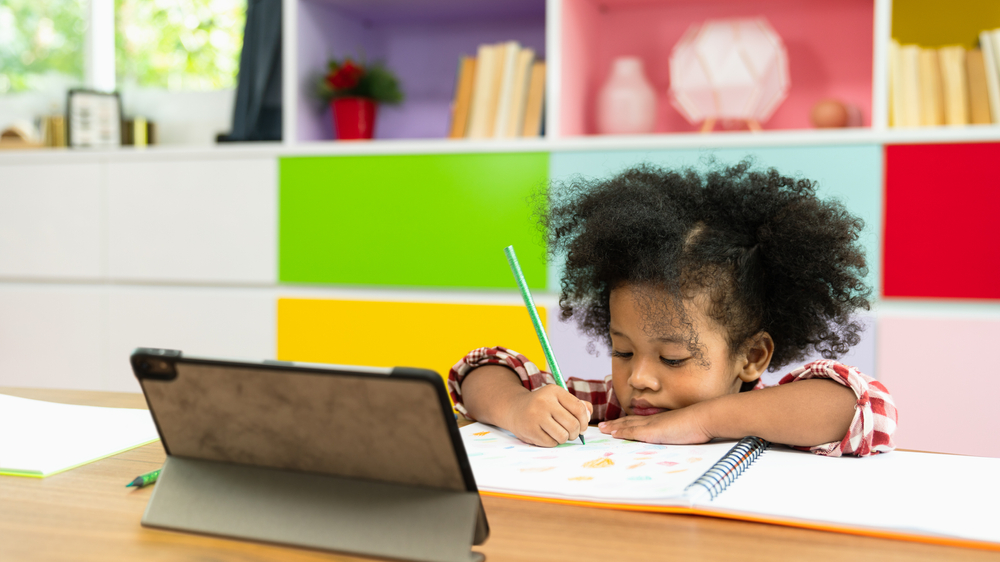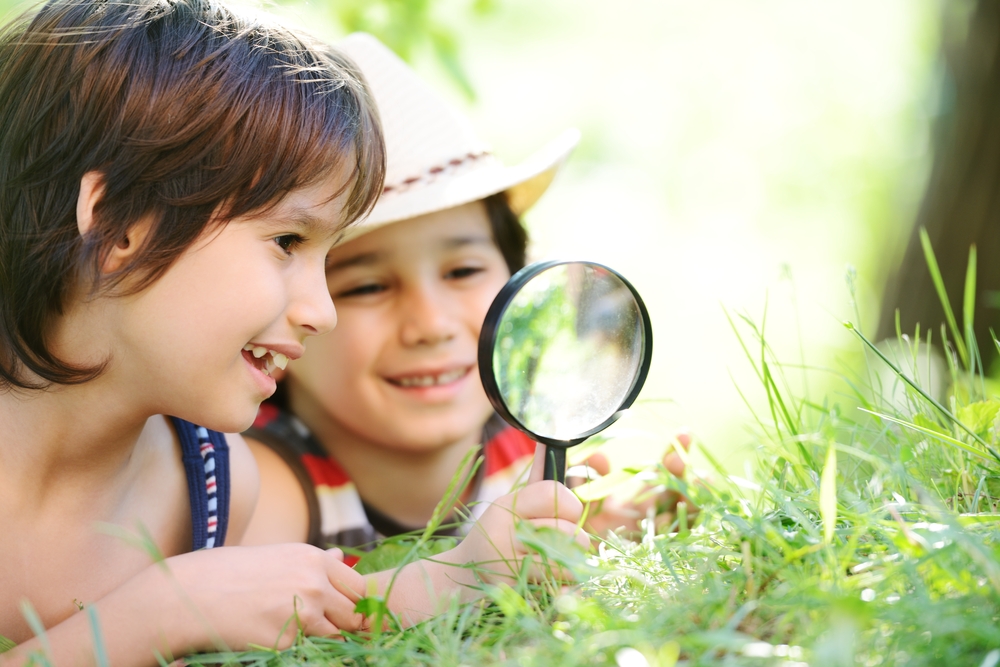Critical Thinking Normal Reading Fiction Worksheets for 3-Year-Olds
7 filtered results
-
From - To
Boost your 3-year-old's critical thinking skills with our engaging Critical Thinking Normal Reading Fiction Worksheets! Designed specifically for early learners, these worksheets encourage young children to interact with stories, enhancing comprehension and analytical abilities through fun activities. Each worksheet features vibrant illustrations and simple prompts that inspire kids to ask questions, make predictions, and express their thoughts about various fictional tales. Perfect for parents and educators, our resources enable children to develop essential cognitive skills in an enjoyable way. Make reading an adventure and watch your child's critical thinking flourish while exploring the magical world of fiction!
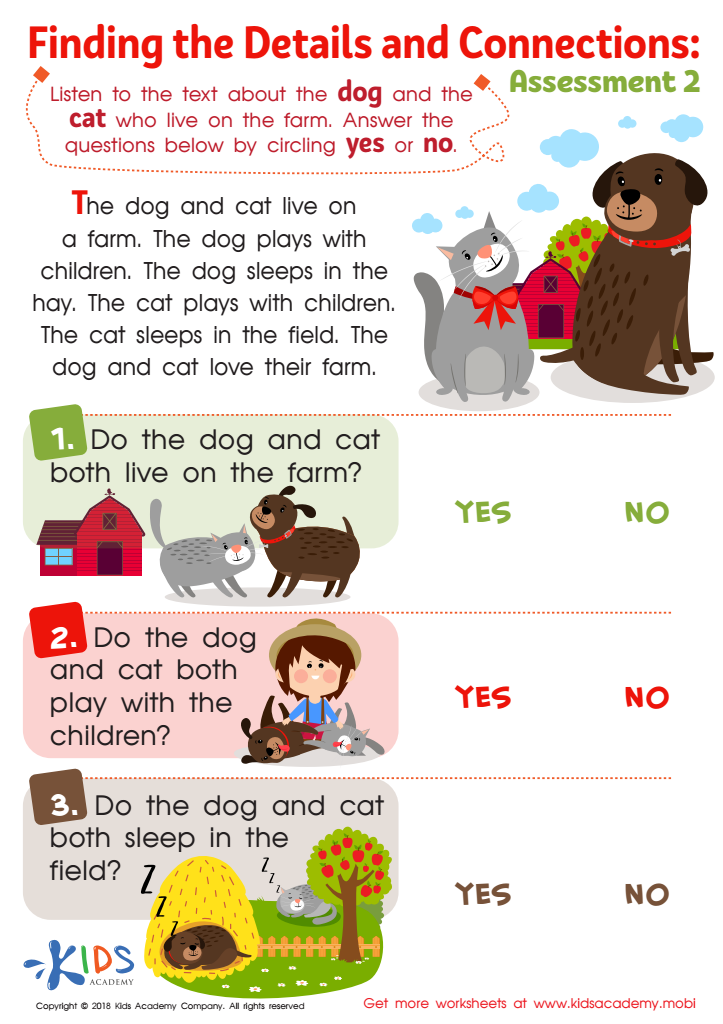

Finding the Details and Connections: Assessment 2 Worksheet
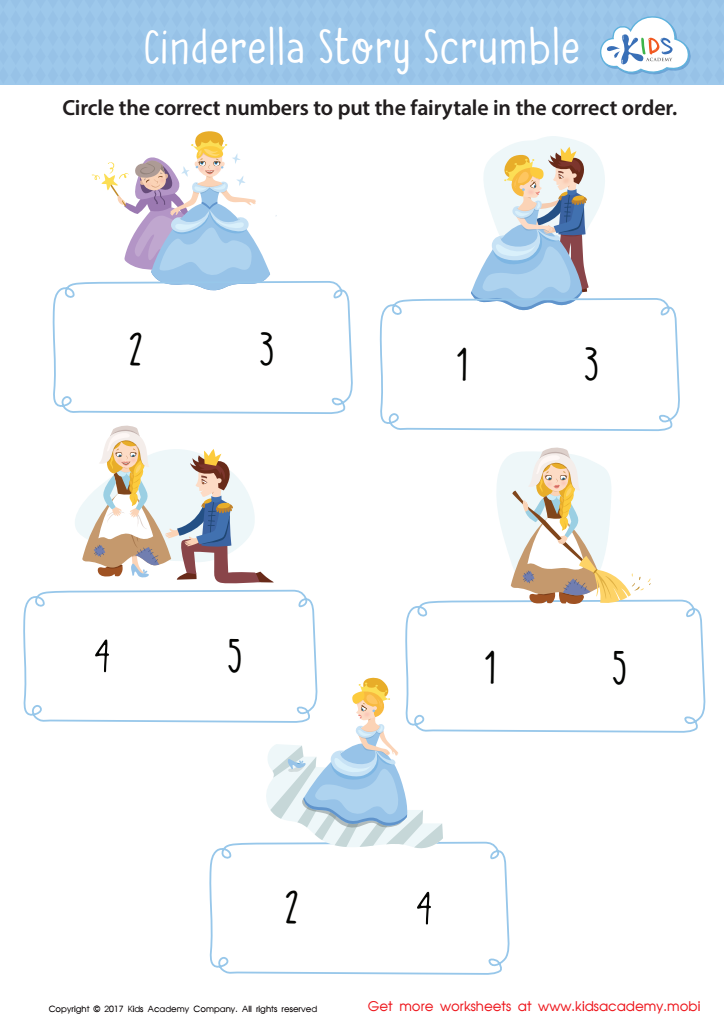

Cinderella Story Sequencing Worksheet
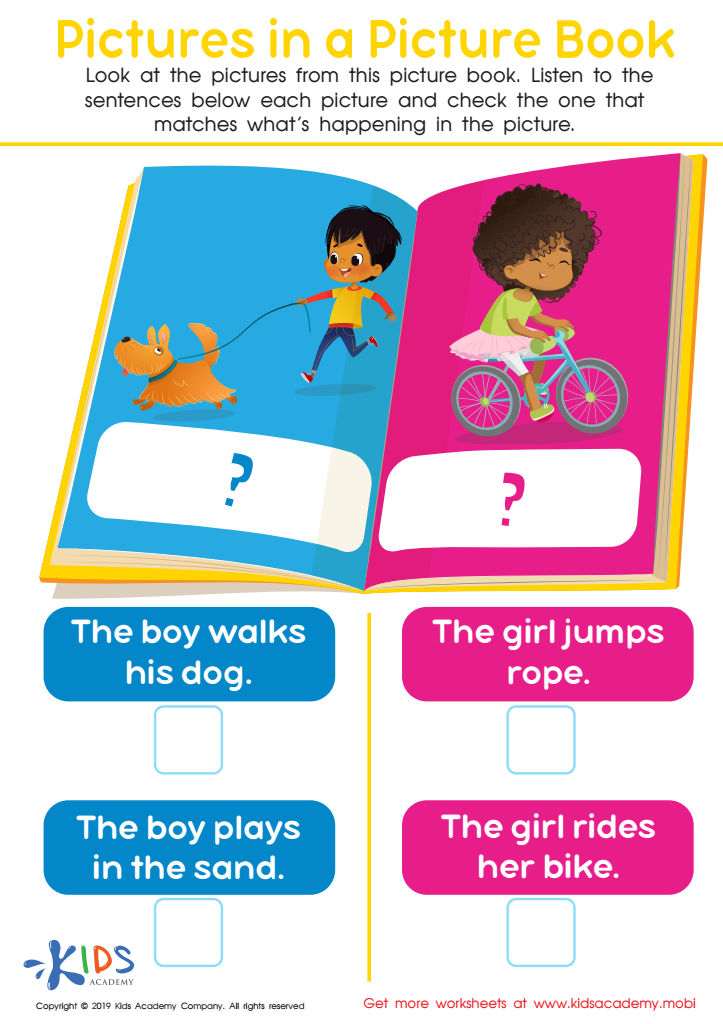

Picture in Books Worksheet


Questions About Stories: Assessment 2 Worksheet
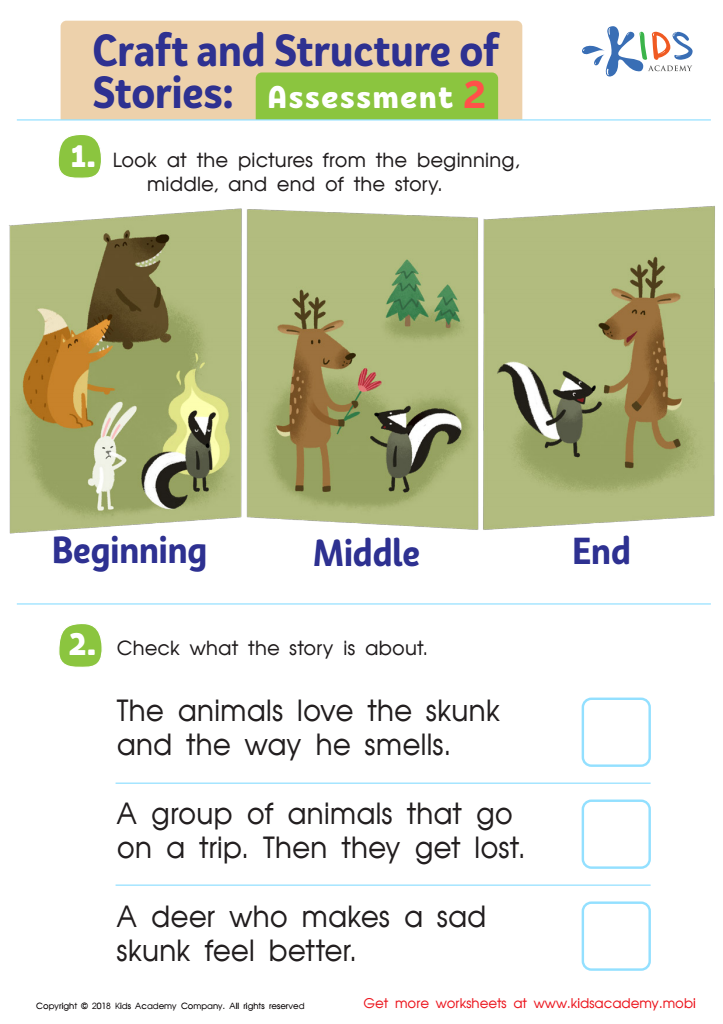

Craft and Structure of Stories: Assessment 2 Worksheet
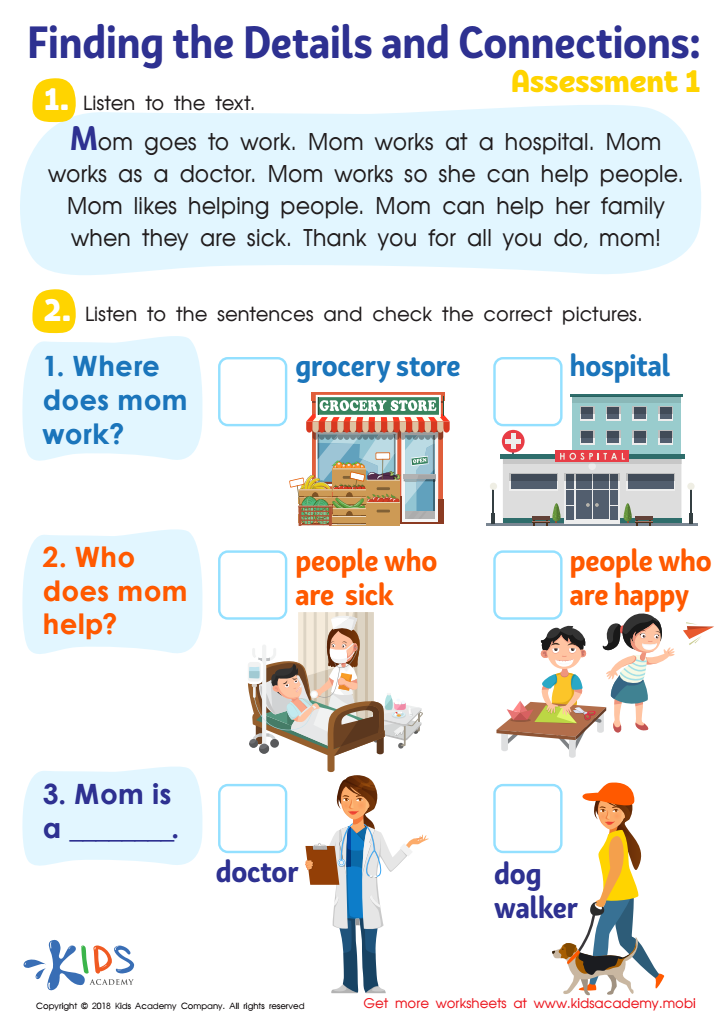

Finding the Details and Connections: Assessment 1 Worksheet
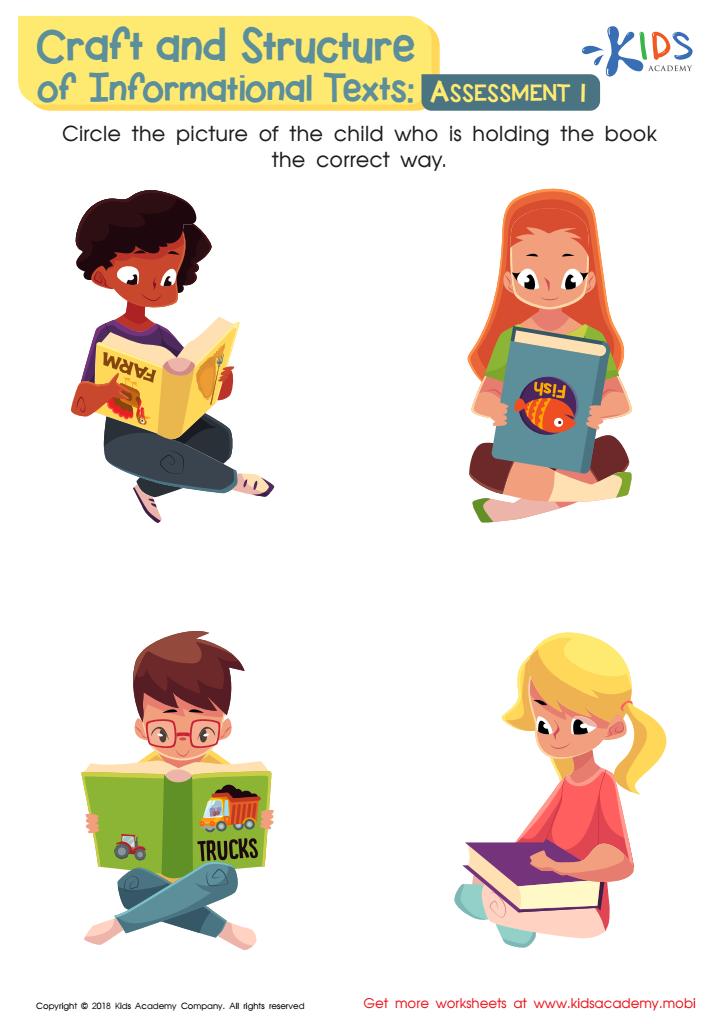

Craft and Structure of Informational Texts: Assessment 1 Worksheet
Critical thinking plays a pivotal role in a child's development, and it's essential to introduce it through the lens of literature, even at a young age, such as with 3-year-olds. Reading fiction can actively engage children's imaginations and help them make connections to the world around them. In stories, young children encounter characters facing challenges, experiencing emotions, and making choices, which provides an opportunity for children to analyze situations and explore problem-solving techniques.
When parents or teachers read fiction aloud, they can pose open-ended questions that promote discussion and inquiry, such as “What do you think will happen next?” or “How would you feel in that situation?” This encourages children not only to think critically about the plot but also to empathize with characters, fostering emotional intelligence and interpersonal understanding.
Additionally, critical thinking skills developed through fiction reading can enhance language skills and vocabulary as children learn new words in context. Implementing normal reading experiences with fiction enhances cognitive abilities, creativity, and a lifelong love for reading. By prioritizing this kind of engagement, adults can help cultivate a generation of thinkers who simultaneously thrive academically and emotionally.

 Assign to My Students
Assign to My Students





